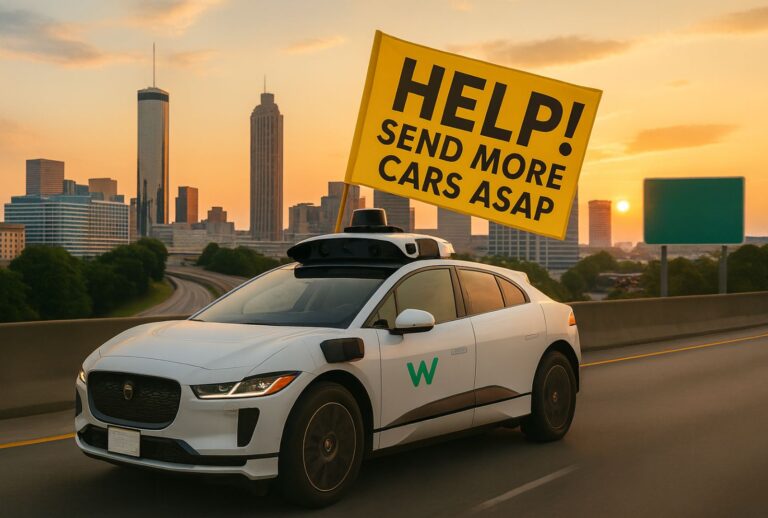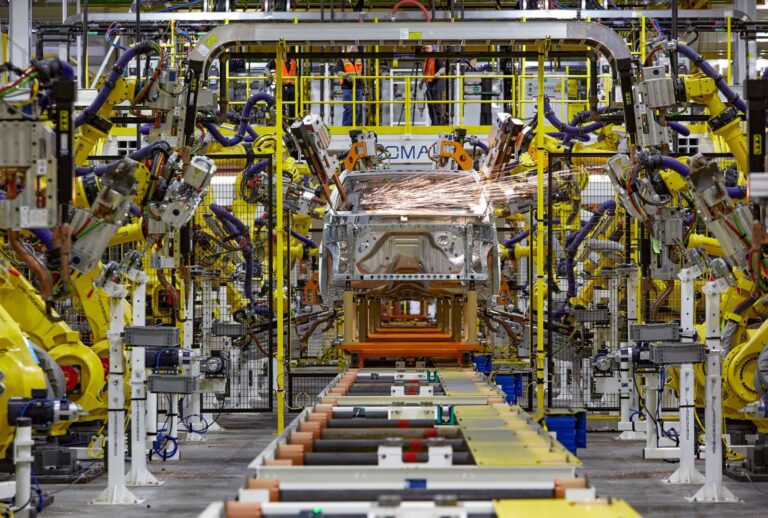Developing Public Trust in Autonomous Vehicles
Tara Andringa, Executive Director of Partners for Automated Vehicle Education (PAVE) joined Grayson Brulte on The Road To Autonomy Podcast to discuss developing and maintaining public trust in autonomous vehicles and trucks.
The conversation begins with Tara discussing how PAVE is working on developing public trust of autonomous vehicles.
I really like to think of it as a conversation with the public. Every single person is a stakeholder in transportation, and so what we want to do is let everyone have a voice in thinking about what the future of our transportation system looks like.
– Tara Andringa
One of the biggest hurdles to over come on the road to developing public trust in autonomous vehicles is misleading headlines that erode public trust in the technology.
This is one of our biggest challenges right now.
– Tara Andringa
These headlines are eroding public trust as they are confusing ADAS (Advanced Driver Assistance Systems) with autonomous vehicles, which is causing confusion with the public. Some individuals are over-trusting that the ADAS system will operate like an autonomous vehicle, meaning that they will not have to pay attention when the vehicle is driving, potentially leading to tragic situations.
One reason these headlines are being printed is the amount of traffic that they generate for news outlets. While the traffic leads to higher ad revenue, the headlines could potentially lead to unfortunate events and an overall erosion of public trust in autonomy.
It’s much easier for them to write self-driving car then it is to say a car that under limited circumstances with an attentive human behind the wheel can handle some driving tasks. That just does not roll off the tongue. It gets simplified to really dangerous results.
– Tara Andringa
It is very important to point out that you cannot buy an autonomous vehicle today and that all autonomous vehicles are currently operated as part of a fleet. To try and clear the confusion, PAVE partnered with AAA, J.D. Power, The National Safety Council, SAE International and Consumer Reports on the CLEARING THE CONFUSION: Common Naming for Advanced Driver Assistance Systems document.
There are two different naming issues and I really want to distinguish between them. One is that we need clear language for what is available today and the other issue is that we need clear language to distinguish today’s technology from future technology.
– Tara Andringa
With over 40 different names for Automatic Emergency Braking (AEB), consumers are unsure of what the technology can do, potentially causing confusion. The is why the common naming document is so important. Perhaps the common naming document can be transferred into emojis that everyone around the world no matter what language they speak can understand what it means.
There are examples from history that can help pave the road with trust. One example is The Vagabonds, a group composed of Henry Ford, Thomas Edison, Harvey Firestone, and John Burroughs who made yearly camping trips in Ford vehicles between 1916 and 1924 with the goal of developing trust in the automobile. A more modern example is what Voyage did in The Villages to develop trust of autonomous vehicles with the residents of the community.
When you really give people exposure to the technology, they start thinking about it in a much more real way.
– Tara Andringa
Building upon history, a diverse group of members from leading startups, to established automakers to insurance companies to non-profits, to software providers came together to form PAVE with the goal of developing public trust in autonomous vehicles and trucks.
Wrapping up the conversation, Tara shares insights on how communities and Governments are preparing for the large-scale deployment of autonomous vehicles.
Follow The Road to Autonomy on Apple Podcasts
Recorded on Tuesday, August 23, 2022




